What’s the difference between passive vs active solar energy? Passive solar relies on smart building design, like south-facing windows and thermal mass, to move heat naturally, while active solar uses mechanical systems like panels, pumps, and batteries to convert sunlight into usable energy. In this guide, we’ll explore how passive vs active solar energy systems work, what makes each one shine, and how to pick the right approach for your eco-goals.
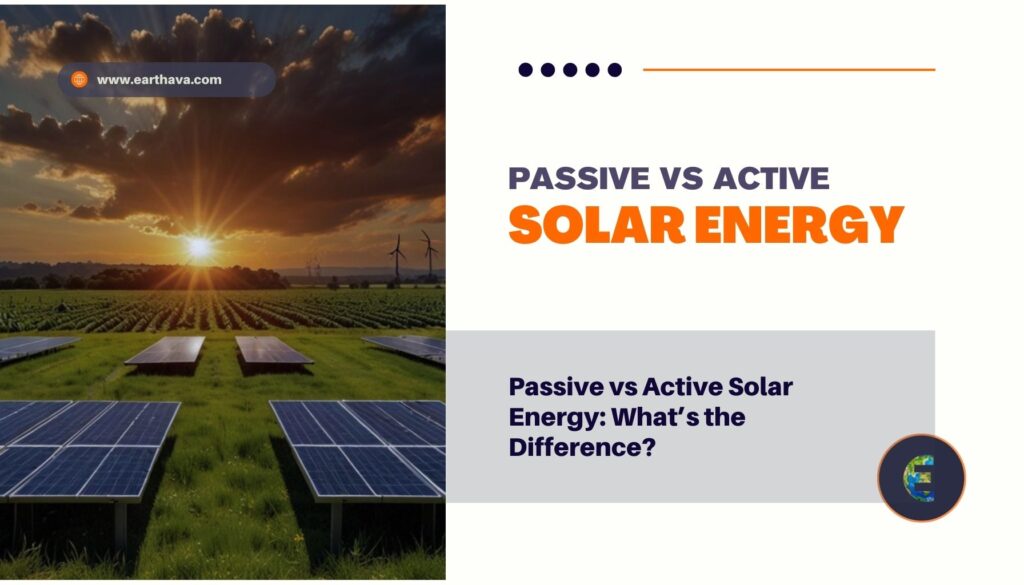
The sun is the closest energy source for life on Earth. It has been present for 4.5 billion years, and it is expected to shine for at least another 5 billion years. It is not surprising that most people have a positive association with the sun. The sun is the symbol of life, creativity, and happiness. It brings us light and warmth and is responsible for the photosynthesis that feeds the whole planet.
Solar energy has recently become much more accessible. It is the conversion of sunlight into electricity. This is a form of clean energy that is not only renewable but also efficient. There are many ways to get energy from the sun, such as using solar panels or using solar thermal energy to create hot water. Solar energy is a clean energy source and one of the renewable energy sources. There are many types of solar energy, and they can be used in different ways. Let’s demonstrate:
Passive Solar Energy
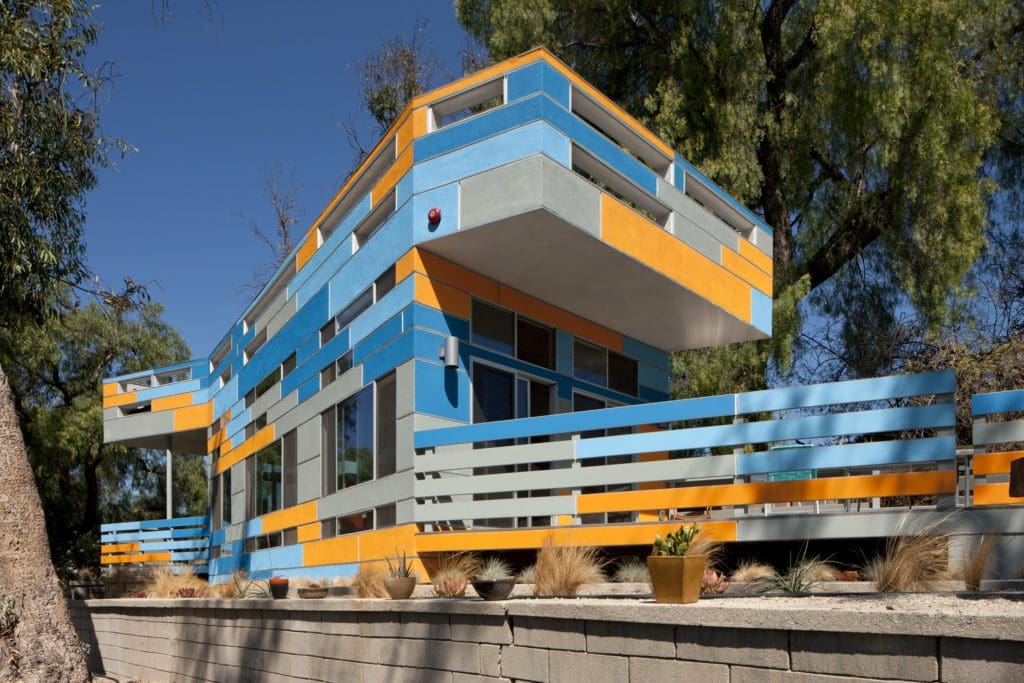
Passive solar heating is the process of harnessing the sun’s heat and light (insolation) to provide heat and hot water for buildings, without the use of active mechanical systems. Passive solar design techniques use the geometry and orientation of a building to capture and focus the sun’s energy. The key to designing a passive solar building[1] is to best position the building for the maximum isolation (sunlight) for the given climate, taking into account the effects of the building’s thermal mass, windows, walls, and roof. The key factor is to ensure that the heat gain is greater than the heat loss, resulting in a positive yearly heat equivalent.
Passive solar energy[2] is different from active solar energy, which requires the use of solar panels to convert solar energy into electricity. The term passive solar comes from the fact that it does not require any mechanical devices. Passive solar energy is a great way to reduce your monthly power bill and help the environment.
The most basic example of passive solar energy is the use of large windows to allow sunlight to flow inside. In the winter, the windows are closed and locked, and the sun is kept out to keep the house cool. The opposite is true in the summer. This is a simple way to naturally heat or cool your home.
Types
There are a few types of passive solar energy. The first is called direct gain, which is the simplest type of passive solar energy. This type of passive solar energy warms a house with the heat of the sun’s rays moving directly through a window. The second type is called indirect gain. This type of passive solar energy uses the sun to heat up a home, but it is not through the sun’s rays. Instead, the thermal mass, or materials that absorb the sun’s heat, is used to warm a home.
History
The process of heating a house with passive solar energy has been around for thousands of years. The first use of passive solar design is thought to have occurred in 4000 B.C. in Egypt[3]. In those times, the sun’s rays were used to heat the inside of homes. The ancient Egyptians created their homes with south-facing windows and narrow door openings. The sun’s rays would easily enter the home, heating it and cooking food. The same techniques used in ancient Egypt are still used today!
Active Solar Energy
Active solar energy is an alternative energy source that harnesses the power of the sun to perform a specific task. This type of energy is generated by photovoltaic panels that convert sunlight into electricity. The energy generated by active solar energy systems is used to power a home or business directly or it can be used to heat water or even to create electricity. Active solar energy is a popular choice for homeowners who want to make the switch to a more eco-friendly, cost-effective, and sustainable source of energy.
Heating
Active Solar Energy is also known as “Active Solar Heating,” which is a set of technologies that provides for the collection, storage, and distribution of solar energy for space heating and sometimes cooling. Active Solar Energy is sometimes referred to as “Distributed” or “Dedicated” solar energy. The term “active” refers to the fact that energy conversion and storage are done by an active system, such as an insulated solar collector connected to a heat pump or a hot water boiler. Active systems are usually connected to a home’s existing water or forced air heating system.
Water Heating
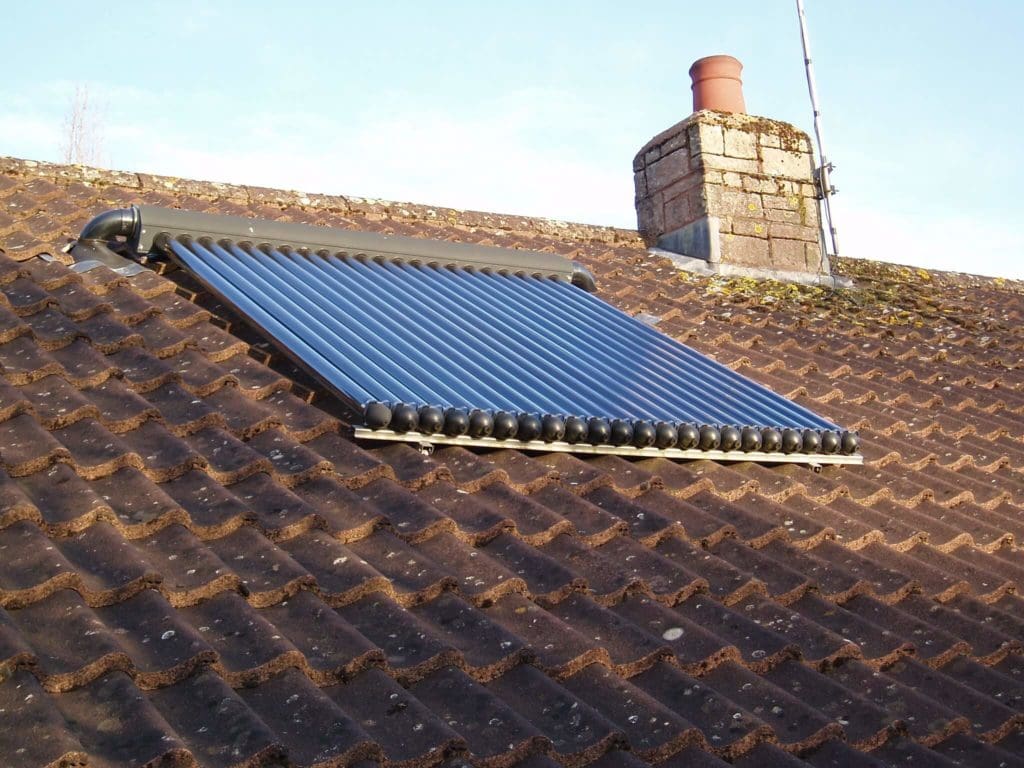
For those who are not familiar with the term ‘solar water heating’, it is a system that transforms solar energy into heat that will be stored in a water tank for use in hot water systems[4]. Solar water heating is a term used to describe a system that is used to heat water for use in a home. These systems use solar energy as the source of heat and are typically used to heat domestic water. The main goal of this system is to help reduce the homeowner’s gas and electricity bills. Solar water heating systems are not only useful for saving money but also for saving energy.
A recent study conducted by the Energy Department’s Pacific Northwest National Laboratory showed that homes that use solar water heating systems can help save up to 30 percent of the energy used for heating water[4]. The reason why most homeowners are choosing to go with solar water heating systems is that they save money and help the environment. The amount of money saved by using these systems is not just because of the amount of money that is saved on electricity, but also on gas. Another benefit of using solar water heating systems is that they help reduce our carbon footprint.
Solar Cooking
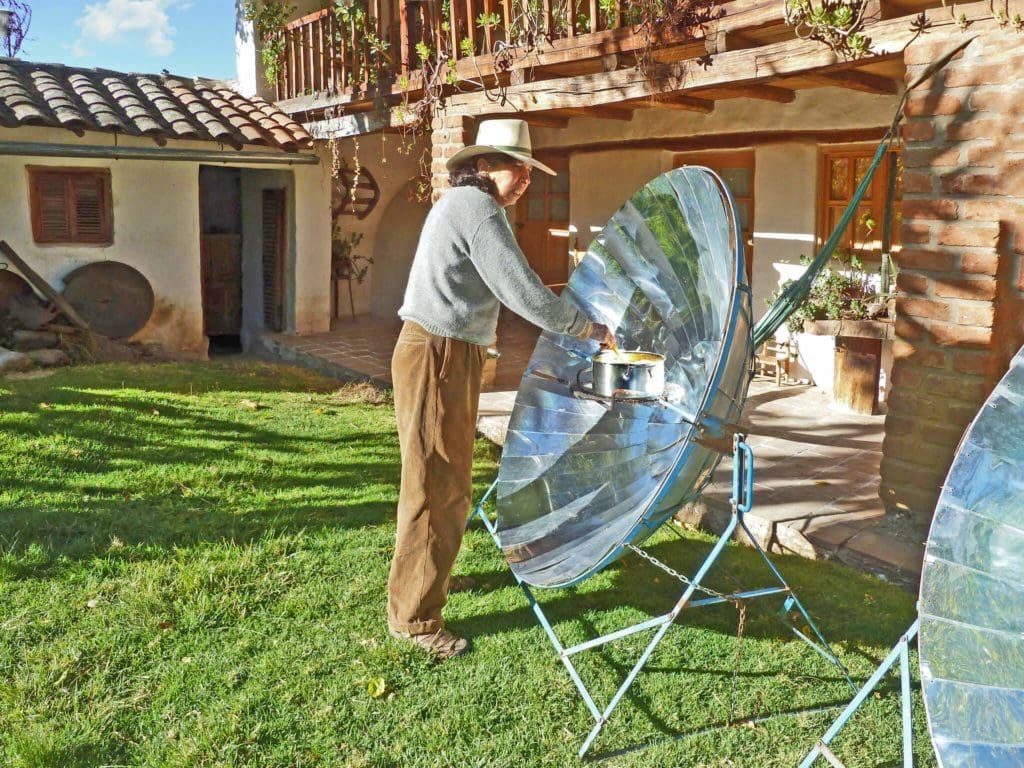
Solar cooking is the process of cooking food with heat from sunlight[5]. A variety of cooking appliances have been designed to use solar energy, including parabolic cookers and solar ovens. Solar cooking has been used since ancient times in cultures around the world and is still used today. Significant research has gone into the development of solar cookers over the past century, including the development of new materials for reflective cookers and the improvement of older designs such as the solar box cooker. The World Health Organization has endorsed solar cookers as a clean, efficient, and sustainable technology[?].
Solar Space Heating
Solar space heating (SSH) is a technology that uses heat from the sun to heat water for domestic use. It is a form of solar thermal energy, the conversion of sunlight into heat for space heating, water heating, cooking, and process heating. The term “solar space heating” is used to distinguish it from solar water heating, which uses a solar collector to heat a storage tank or a circuit of piping to deliver hot water. The same technology can be used to heat swimming pools, although typically only 10% of the pool water is typically warmed in this way.
Space heating is the process by which heat is delivered to a building and its occupants. Space heating can be done by passive solar heating, active solar heating, or a combination of the two. Passive solar heating designs employ high-mass materials, such as masonry and concrete, to store heat by day, and then slowly release it at night. Active solar heating designs use solar collectors to collect, store, and distribute solar energy.
Electricity
Photovoltaics (PV)
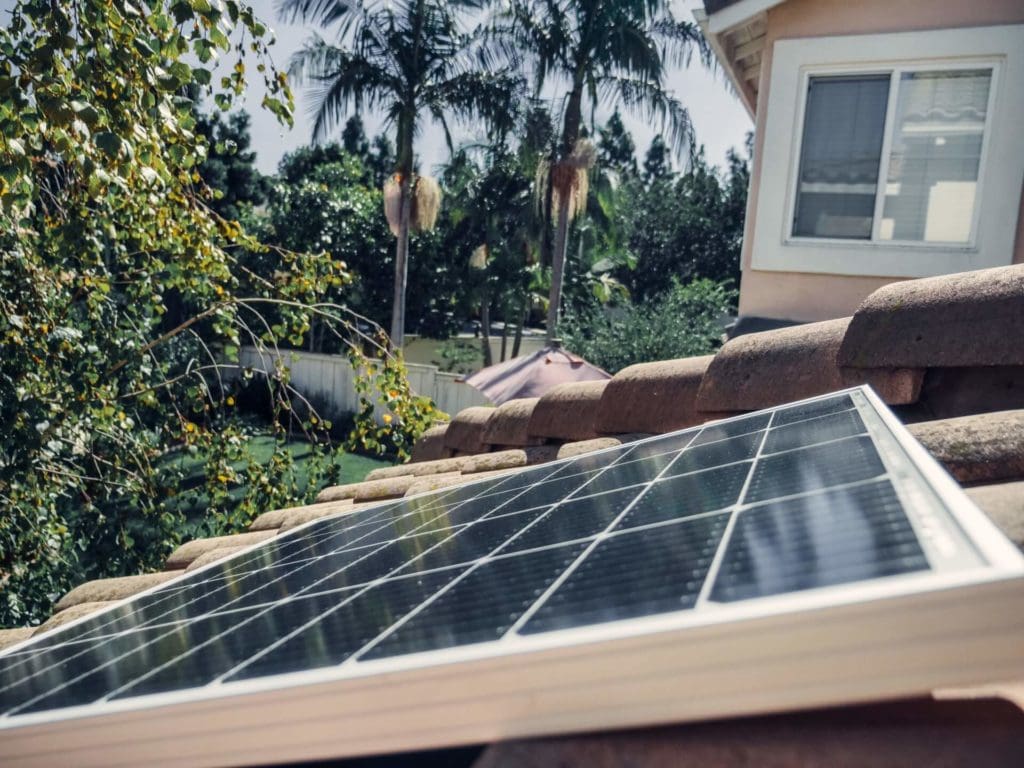
Photovoltaics (PV) is a method of converting light into direct current (DC) power. It is an all-electric utility-scale technology and an emerging energy technology for grid-connected, distributed power generation. It uses solar cells to convert sunlight into electricity. The first practical application of photovoltaics was in space exploration and remote communication earth stations, in which power is critical but access to a grid is problematic. The development of photovoltaics has benefited from a long history of research and development. In 1839, the French physicist Edmond Becquerel discovered the photovoltaic effect, in which a current is produced when light falls on a conductive material[6].
In 1873, English scientist Willoughby Smith discovered the photoconductivity of the elements selenium and silver[7]. In 1886, the German physicist August Kundt discovered that the photocurrent in selenium was a result of a secondary effect, the release of electrons from metal-semiconductor junctions when illuminated by light[?].
Photovoltaics price is a complex subject. The price of photovoltaics is determined by many factors. For example, the price of the photovoltaic modules is affected by the type of photovoltaic cells used, the efficiency of the cells, the presence of import and export duties, the presence of subsidies, and the type of storage and mounting system used.
Concentrated solar power
Concentrated solar power (CSP), also known as concentrated solar thermal, is a subset of solar thermal energy, used for generating electricity. It involves concentrating a large area of sunlight, or solar thermal energy, onto a small area. The large-scale solar power stations in operation are notable for their large fields of mirrors[8], or heliostat fields, that concentrate light on the central solar power tower. Stadiums, car parks, and water heating systems are some of the many other applications of CSP. CSP is growing rapidly, as of 2016, making up 15% of worldwide solar generation capacity.
References
- Wikipedia: Passive solar building design
- Wikipedia, Solar Water Heating
- Wikipedia, Solar Cooker.
- Scott Barber: History of Passive Solar Energy
- Wikipedia, Solar Cooker
- Wikipedia, Edmond Becquerel
- History Of Information, Willoughby Smith Discovers the Photoconductivity of Selenium
- Wikipedia, Solar Energy
- ? Resource Not Found ?


